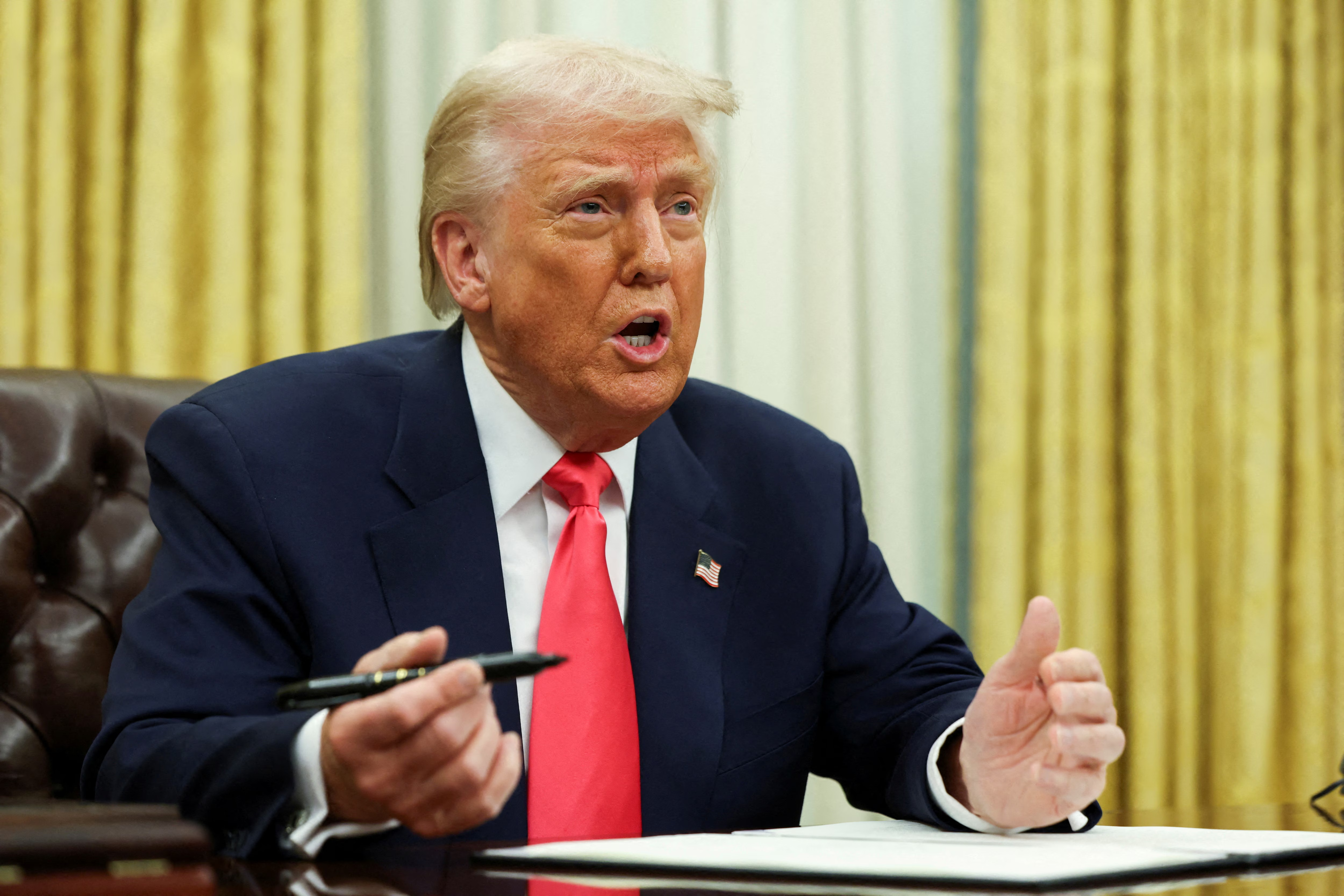US President Donald Trump’s Bold Trade Strategies

US President Donald Trump has announced a significant shift in trade policy, proposing a new baseline tariff rate of 15% for most countries. During an AI summit in Washington, Trump stated that tariffs could range from 15% to 50%, depending on the relationship the U.S. has with individual nations. This announcement comes as Trump prepares to send letters to over 150 countries, indicating a potential increase in tariffs before the August 1 deadline.
New Tariff Strategy Unveiled
Trump’s recent remarks signal a more aggressive approach to international trade. The proposed 15% tariff rate represents a departure from previous discussions, where a rate of 10% was considered. This new strategy aims to impose duties on nearly all U.S. trade partners, particularly those without existing trade agreements with the United States. Trump has characterized the tariff letters as completed “deals,” suggesting a reluctance to engage in lengthy negotiations. However, he has also mentioned that countries can negotiate for lower rates if they are willing to reach agreements.
The President’s announcement aligns with his broader trade strategy, which has seen him prioritize tariffs as a tool for negotiating better terms with foreign nations. Recently, Trump reached a deal with Japan, reducing the proposed tariff from 25% to 15%, contingent upon Japan removing barriers to certain U.S. goods and supporting a substantial investment fund. Other nations, including South Korea, India, and members of the European Union, are also working to finalize agreements before the new tariffs take effect.
Implications for Global Trade Relations
The implications of Trump’s tariff strategy extend beyond immediate economic impacts. By establishing a baseline tariff, the U.S. is signaling a shift in its trade relationships, particularly with nations that have historically been viewed as adversaries. The President’s comments suggest that countries that do not align with U.S. trade expectations may face higher tariffs, potentially straining diplomatic relations.
Commerce Secretary Howard Lutnick has indicated that smaller nations, particularly in Latin America and Africa, could see a baseline tariff of 10%. This approach mirrors Trump’s earlier announcement of a uniform 10% tariff applicable to nearly all nations. As the U.S. moves forward with this strategy, the potential for increased tensions in international trade is significant, particularly if countries respond with their own tariffs or trade barriers.
Negotiations and Future Trade Agreements
Despite the aggressive tariff strategy, Trump has left the door open for negotiations. He emphasized that countries willing to engage in discussions about opening their markets to American businesses could benefit from reduced tariffs. This approach reflects a dual strategy of imposing tariffs while also encouraging trade agreements that could lead to more favorable terms for the U.S.
Ongoing discussions with the European Union are reportedly progressing, with Trump indicating that a successful agreement could lead to lower tariffs for EU member states. The administration’s willingness to negotiate may be crucial in mitigating potential backlash from countries affected by the new tariffs. As nations scramble to respond to the proposed changes, the landscape of global trade is poised for significant transformation.
Observer Voice is the one stop site for National, International news, Sports, Editor’s Choice, Art/culture contents, Quotes and much more. We also cover historical contents. Historical contents includes World History, Indian History, and what happened today. The website also covers Entertainment across the India and World.

